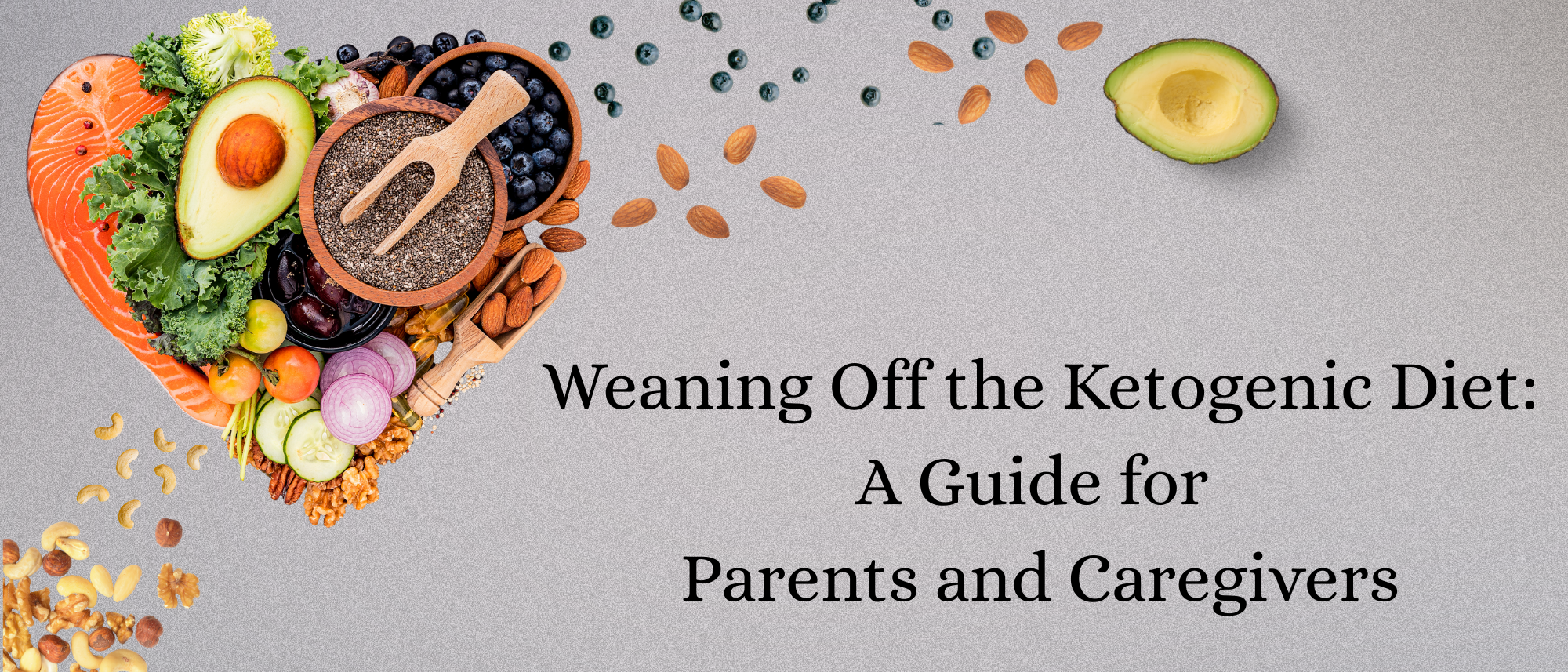Quality Nutrition Sources - Why Quality Matters?
/By: Kayla Hansmann, MS, RD, LD, CLC
When thinking about diet quality – across the spectrum of all diets, you’d be hard-pressed to find someone who would argue that the quality of what we’re eating isn’t important. While that might not be one of the first steps in implementing a medically prescribed ketogenic diet, it can certainly take precedence down the road once some of the other critical boxes are checked and everyone is feeling comfortable with how to navigate this new way of eating.
Dietary choices and lifestyle habits can be daunting to implement all at once so most dietitians will recommend some initial tweaks and changes to get you on your way to the desired diet endpoint. When doing so, most individuals and practitioners note that even these simple (yet consistent!) nutrition changes up front result in better control of seizures as well as improved behavior overall. The underlying theme in these changes includes reduced amounts of processed and packaged foods, no added sugar, and less concentrated sources of carbohydrates overall.
Let’s dig into this a little further. Stripping away processed foods leaves us with whole, natural foods that provide higher satisfaction for both our palate and our body’s systems. Processed foods are more likely to include ingredients that are:
harder for our bodies to digest
more likely to lead to abdominal distress (constipation or diarrhea)
prone to causing glucose spikes that lead to energy rollercoasters (often exhausting our body’s insulin)
more likely to lead to bloating and/or increased gas
providing an excess of calories and/or unhealthy fats without a ‘place to go’
…in other words: likely to increase inflammation which can increase our prevalence of acute or chronic illness and undesirable weight trends.
One easy way we can look at creating a plate or a day’s worth of meals that prioritize whole, natural foods is by following the “one ingredient rule”. Even if a food isn’t fresh or raw, you can flip over to the ingredient list to ensure each of the ingredients listed is just ONE ingredient, or itself, in whole-unadulterated form. Cut out the ingredients, cut out the processing!
Once you’ve successfully gotten the majority of your meals and snack to encompass the one ingredient rule, you will notice your body starting to crave these foods more and a reduced desire to grab or reach for its other processed counterparts. Our bodies are smart and adapt—once you get to a certain point, your body CRAVES what it is actually eating!
Let’s recap, ways to add quality to our diet and why it matters, with an emphasis on keto-friendly sources:
Proteins
Aim for minimally processed proteins (i.e. whole chicken, eggs, ground turkey, various cuts of steak) – these foods are satiating and can keep us feeling full longer while also contributing important and highly available amino acids, B vitamins, iron, zinc, and choline. When possible, choose pasture-raised poultry for the higher amounts of omega 3’s found in the eggs and meat.
Choose high-fat dairy which is also helpful in terms of satiety but also a good source of calcium, phosphorus, and vitamin D for strong bones, growth, and development.
Try and work in fresh fish a few times a week – omega 3 city! The EPA and DHA (omega-3 fatty acids) provide tremendous benefits for your heart, brain, lungs, and circulation.
Carbohydrates:
Fruits & veggies – think: The higher the fiber, the lower the net carbohydrates. Fiber is not only FILLING but feeds the healthy bacteria in our gut (a happy gut = better absorption of important nutrients and increased bowel motility).
Fats:
Nuts & seeds – great ways to add crunch with a fantastic mix of healthy fats, fiber, and often a better source of sodium to naturally “salt” our diet. A favorite keto staple is flaxseed and chia seeds which are loaded with alpha-linolenic (ALA) fatty acids – a commonly forgotten omega-3!
MOST IMPORTANTLY FATS – think half solid, half liquid. If we can make at least 50% of our fats unsaturated (usually liquid) and the other 50% or less saturated (usually solids: butter, coconut oil, fats from animals), we are on our way to improved fasting blood levels of triglycerides and cholesterol. Butter/ghee is a great way to pack a punch, but we want to ensure that we’re incorporating mono- and omega-3 poly-unsaturated fats to boost our HDL cholesterol and provide protection against heart disease as well as packing a dose of potent antioxidants. Amazing monounsaturated fat sources are extra virgin olive oil and avocados.
The final trick to adding quality? Self-love and self-regulation! Without these two essential ingredients, we’ll be cycling through the roundabout of shame and guilt that will make it very difficult to lead to healthy habits long-term. A calm and stress-free environment helps us digest food better, enjoy food more, and be more likely to grab the more nutritious choice time after time.






















